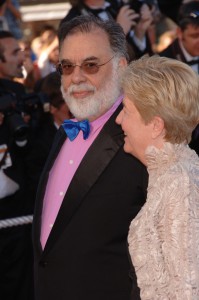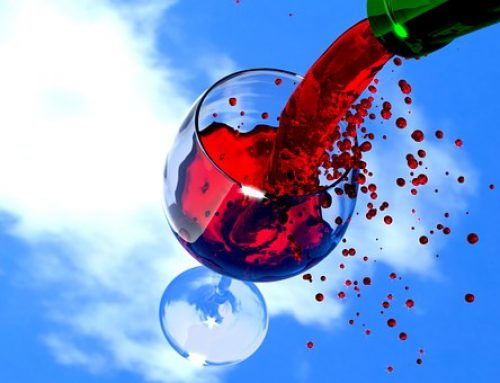A bottle of wine in a blind tasting is protected from bias. But a bottle on a shelf is vulnerable to our preconceived notions.
I confess. I used to be a biased wine drinker. I used to track publicly traded companies so I could keep an eye on their quality, believing the pressure of Wall Street ultimately would affect the wine. I also believed big companies could never match the quality of small producers.
On both counts blind tastings revealed my biases were unwarranted. The publicly tradedRobert Mondavi Winery continues to make a highly rated fume blanc. And although Gallo is a wine giant, its Rancho Zabaco is still a standout at its price point. Another impressive example is the Rockaway, 2006 Single Vineyard from Rodney Strong. It’s a knock out. Why? Because Rodney Strong is using boutique winemaking methods for this brand.
Are you biased? The quiz that follows explores the widely held belief that publicly traded companies are less likely than privately held family wineries to keep quality a top priority because their chief concern is keeping their stockholders happy.
Of the eight wines listed below, do you know which are family owned and which are owned by a publicly traded company? With the maneuverings of wineries in recent years, this is by no means an easy exercise. To top it off, there is one trick in the mix.
The questions are the same for each wine: Who owns it? Is the company that produced it publicly traded or family owned?
1. Ravenswood Zinfandel, 2005 Dickerson, Napa Valley
2. Louis Martini, 2004 Sonoma County Cabernet Sauvignon
3. Beringer, 2006 Knights Valley Alluvium Blanc
4. La Crema, 2006 Anderson Valley Chardonnay
5. Rodney Strong, 2004 Chalk Hill Reserve Chardonnay
6. Simi, 2006 Sonoma County Sauvignon Blanc
7. Chalone, 2005 Pinot Noir
8. Arrowood, 2004 Cote de Lune White Saralee’s Vineyard, Russian River Valley
All the wines listed are highly rated by the critics, challenging a blanket bias against publicly traded wineries. Likewise, many of the labels are produced by large corporations, challenging the belief that big producers are less quality-driven than small ones. On the contrary, several large producers are aspiring to compete with small ones by handcrafting particular brands.
Gallo, Rodney Strong and Beaulieu Vineyards have each invested millions to create a winery within a winery for small-scale winemaking. Rodney Strong even hired the highly esteemed boutique winemaker David Ramey as its consultant.
There’s a lot going on behind the scenes in the world of wine and we consumers are not privy to all of it. What we do see are the headlines, the mergers and the buyouts. And it leaves us wondering if the face of Wine Country is changing and how that will affect the quality of wine in the glass.
I suggest we speculate less and sip more. We should all strip ourselves of bias and simply let the wine do the talking.
Answers: 1. and 6. Constellations Brands, a publicly traded company; 2. Gallo, family owned; 3. Foster’s Brewing Company, publicly traded; 4. Jackson Family Wine Estates, family owned; 5. Tom Klein, family owned; 7. Diageo, publicly traded; 8. Jackson Family Wine Estates, family owned.
As for the trick? 8. Arrowood. It’s a winery that has traded hands more than most. It began as a family-owned winery with its first release in 1988, was purchased by Robert Mondavi Winery in 2000, by Constellation Brands in 2004, by Legacy Wine Estates in 2005, and ultimately by Jackson Family Wine Estates in 2006.




